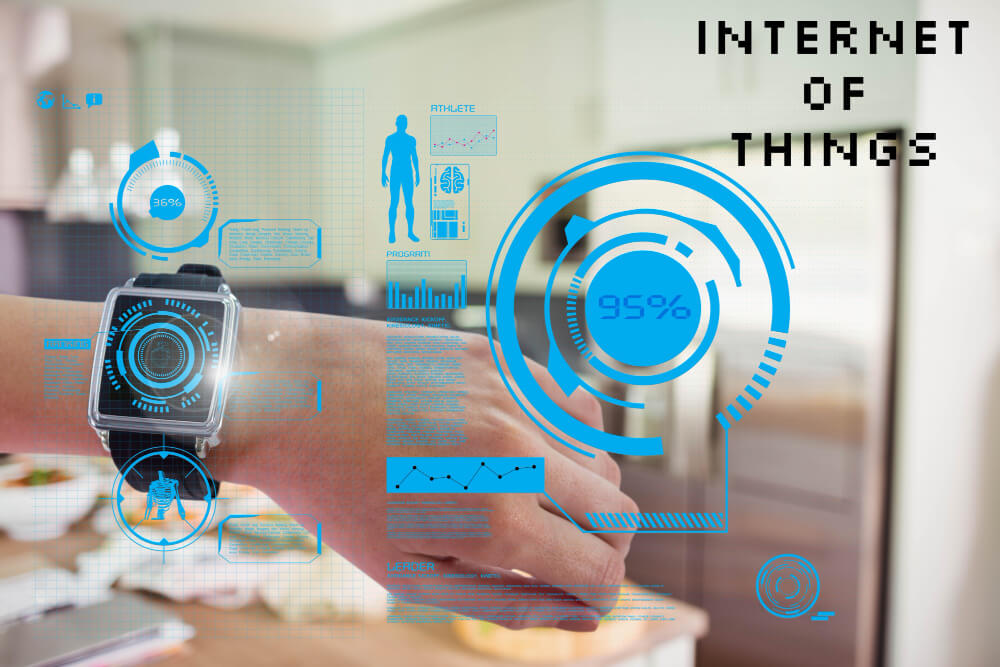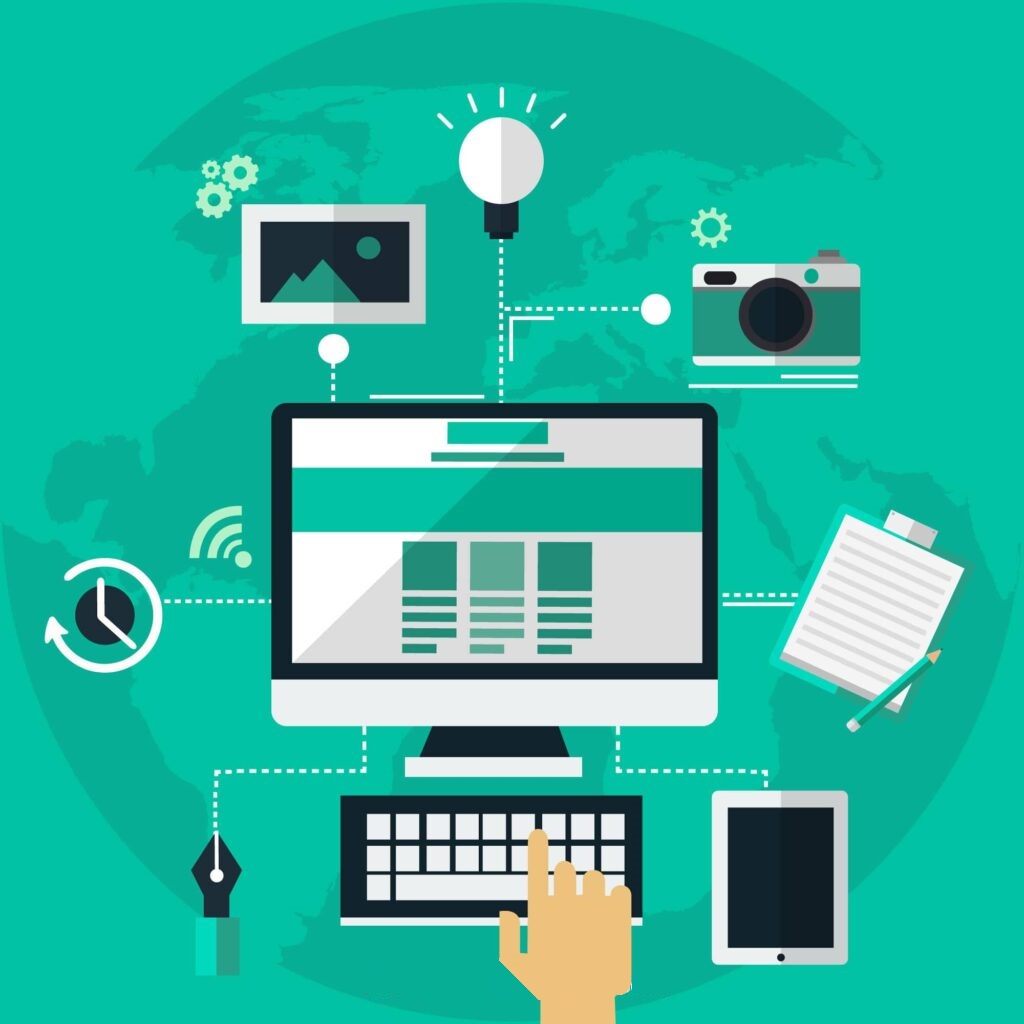In today's interconnected world, managing IoT devices remotely has become more critical than ever. The best IoT remote device management software allows organizations to streamline operations, enhance security, and optimize performance across their networks. With the growing demand for smart solutions, selecting the right software is vital for businesses aiming to stay ahead in the digital age.
As IoT deployments expand, so does the complexity of managing numerous devices spread across various locations. This is where IoT remote device management software steps in, offering centralized control, real-time monitoring, and automated updates. In this article, we will explore the top software options available in the market, their features, and how they can benefit your organization.
Whether you're a small business or a large enterprise, finding the best IoT remote device management software tailored to your needs is essential. Let's dive into the details and uncover the solutions that can revolutionize your IoT infrastructure.
Read also:Milo Ventimiglia Height Unveiling The Facts And Figures
Table of Contents
- Overview of IoT Remote Device Management
- Key Criteria for Selecting Software
- Top IoT Remote Device Management Software
- Essential Features to Look For
- Scalability and Flexibility
- Security Considerations
- Cost Analysis and Pricing Models
- Implementation Strategies
- Comparing Leading Solutions
- Future Trends in IoT Management
Overview of IoT Remote Device Management
IoT remote device management software serves as the backbone of modern connected ecosystems. These platforms enable organizations to monitor, control, and manage IoT devices remotely, ensuring seamless operations and reducing downtime. The software provides tools for device provisioning, firmware updates, diagnostics, and security management.
Key benefits of using IoT remote device management software include:
- Centralized control over all connected devices
- Real-time data analytics for informed decision-making
- Automated updates and maintenance to minimize manual intervention
- Enhanced security through robust authentication and encryption protocols
With the proliferation of IoT devices in industries such as healthcare, manufacturing, and transportation, the demand for efficient management solutions continues to rise. Organizations must evaluate their specific requirements before selecting the best IoT remote device management software.
Key Criteria for Selecting Software
Understanding Your Needs
Choosing the right IoT remote device management software requires a clear understanding of your organization's needs. Consider the following criteria:
- Device Compatibility: Ensure the software supports the types of devices you use.
- Scalability: The platform should accommodate growth as your IoT network expands.
- Security Features: Prioritize solutions with advanced encryption, authentication, and threat detection capabilities.
- User Interface: A user-friendly interface enhances productivity and reduces training time.
Evaluating Performance Metrics
Performance metrics play a crucial role in determining the effectiveness of IoT remote device management software. Key metrics to consider include:
- Response time for device updates and commands
- Data processing speed and accuracy
- Reliability of the platform under heavy workloads
Top IoT Remote Device Management Software
1. DevicePilot
DevicePilot is a leading IoT remote device management software known for its intuitive interface and powerful analytics capabilities. It offers real-time monitoring, predictive maintenance, and customizable dashboards. DevicePilot is ideal for businesses seeking a comprehensive solution for managing large-scale IoT deployments.
Read also:Unveiling The Voice Behind Donkey In Shrek A Comprehensive Guide To The Iconic Voice Actor
2. Microsoft Azure IoT
Microsoft Azure IoT provides a robust platform for managing IoT devices across various industries. With features such as device twins, automated rules, and integration with other Azure services, it offers unparalleled flexibility and scalability. Azure IoT is a top choice for enterprises requiring enterprise-grade security and compliance.
3. PTC ThingWorx
PTC ThingWorx is a versatile IoT platform designed to simplify device management and application development. Its drag-and-drop interface makes it easy to create custom applications, while its built-in analytics tools provide valuable insights into device performance. PTC ThingWorx is well-suited for organizations in manufacturing and industrial sectors.
Essential Features to Look For
When evaluating IoT remote device management software, consider the following essential features:
- Remote Monitoring: Real-time visibility into device status and performance.
- Device Provisioning: Simplified onboarding of new devices into the network.
- Firmware Updates: Automated and secure updates to ensure devices run the latest software versions.
- Alerts and Notifications: Timely alerts for critical events or anomalies in device behavior.
Scalability and Flexibility
Scalability is a critical factor when selecting IoT remote device management software. As your IoT network grows, the platform should seamlessly accommodate additional devices without compromising performance. Flexibility in integrating with third-party systems and adapting to changing requirements is equally important.
Look for software that supports:
- Horizontal scaling for adding more devices
- Vertical scaling for increasing processing power
- APIs for integrating with existing systems
Security Considerations
Security is paramount in IoT remote device management. Devices connected to the internet are vulnerable to cyber threats, making it essential to choose software with robust security features. Key considerations include:
- End-to-end encryption for data transmission
- Two-factor authentication for user access
- Intrusion detection and prevention systems
According to a report by Gartner, security breaches in IoT networks are expected to increase in the coming years, underscoring the importance of proactive security measures.
Cost Analysis and Pricing Models
The cost of IoT remote device management software varies depending on the features, scalability, and support offered. Pricing models typically include:
- Subscription-Based: Pay a monthly or annual fee for access to the platform.
- Pay-Per-Device: Charge based on the number of devices managed.
- Enterprise Licensing: Custom pricing for large-scale deployments.
It's important to assess the total cost of ownership, including implementation, maintenance, and support fees, when evaluating different options.
Implementation Strategies
Successful implementation of IoT remote device management software requires careful planning and execution. Key strategies include:
- Defining clear objectives and success metrics
- Conducting a pilot program to test the software in a controlled environment
- Providing training and support for end-users
Collaborating with experienced vendors and consultants can also help ensure a smooth transition to the new system.
Comparing Leading Solutions
Comparing the top IoT remote device management software solutions can help you make an informed decision. Consider factors such as:
- Feature set and functionality
- Customer reviews and ratings
- Support and service offerings
Tools like DevicePilot, Microsoft Azure IoT, and PTC ThingWorx each have their strengths and weaknesses. Evaluate them based on your specific use case and budget constraints.
Future Trends in IoT Management
The future of IoT remote device management is shaped by emerging technologies and trends. Key developments to watch include:
- Edge computing for faster data processing
- Artificial intelligence and machine learning for predictive analytics
- 5G networks for enhanced connectivity and reduced latency
As these technologies mature, they will enable more sophisticated IoT management solutions, empowering organizations to unlock the full potential of their connected ecosystems.
Conclusion
Selecting the best IoT remote device management software is a critical decision that can significantly impact your organization's success. By considering key criteria such as scalability, security, and cost, you can find a solution that meets your unique needs. Whether you choose DevicePilot, Microsoft Azure IoT, or another platform, ensure it aligns with your long-term goals and objectives.
We encourage you to share your thoughts and experiences in the comments below. Have you used any of the software mentioned in this article? What challenges did you face, and how did you overcome them? Your feedback helps others make better-informed decisions.
Don't forget to explore our other articles on IoT and related technologies. Stay updated with the latest trends and advancements in the field to stay ahead of the competition.

